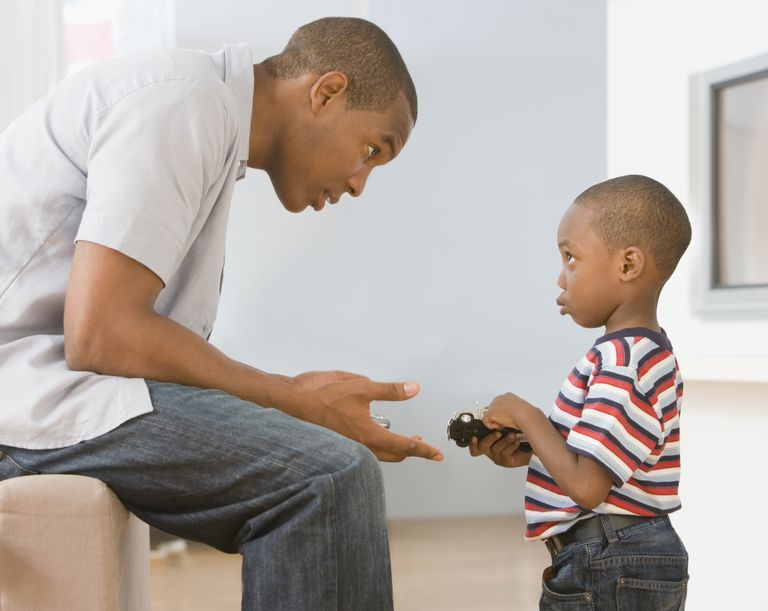 Disagreeing with your spouse over how to parent your children stems from the assumption that only one of you is “right.” But unless one of you is afflicted with moral depravity, this is certainly not true.
Disagreeing with your spouse over how to parent your children stems from the assumption that only one of you is “right.” But unless one of you is afflicted with moral depravity, this is certainly not true.
In fact, every childis better off having two parents with complementary parenting styles. The two of you just need to marry your differences.
Point of Difference #1: Risk Taker vs. Protector
Adults know learning in life is not risk-free. And what’s true for adults is also true for children. “If kids don’t experience somewhat risky physical fun, it might make them more cautious and less willing to try things they haven’t quite mastered yet,” says Kyle Pruett, Yale University’s clinical professor on child psychiatry.
Of course, it doesn’t mean you let kids cut off their fingers in the kitchen. It means teaching kids how to take calculated risks—which means letting them take those risks in the first place, even if they might be a little bit hurt. It make them emotionallystronger and more mature.
Talk to your spouse and establish what will truly harm your child, and what is tolerable and will only hurt the child superficially. (Consider your particular child’s character, too. Should he or she learn more risk-taking, or control?) One parent can then play the encouraging risk-taker, while the other can focus on being the watchful protector. But both will still go by what has been established. If you’re the more conservative parent, learn to relax and “look away,” and trust your spouse’s instincts. If you’re the more adventurous parent, cultivate your spouse’s trust that you’ll never put your child in danger.
Point of Difference #2: Detailed Grooming vs. Sufficient Neatness
 One parent (usually the mother) thinks a clean and well-groomed child means having pretty hair ribbons, matching shirts and socks, or perfectly shined or washed shoes, every single time. Meanwhile the other parent (usually the father) won’t mind if the child occasionally runs out the house in an un-ironed shirt and dusty old sneakers—as long as the kid brushes his or her teeth, takes a bath and washes behind the ears.
One parent (usually the mother) thinks a clean and well-groomed child means having pretty hair ribbons, matching shirts and socks, or perfectly shined or washed shoes, every single time. Meanwhile the other parent (usually the father) won’t mind if the child occasionally runs out the house in an un-ironed shirt and dusty old sneakers—as long as the kid brushes his or her teeth, takes a bath and washes behind the ears.
Truth is, there is always a proper time and place for either crisp or rumpled shirts. Your child needs to learn about both, so he or she grows up neither too anal nor too sloppy.
Again,you and your spouse must learn to talk and be clear about what prevails during which occasion. Then give each other a chance to dress and groom your child the way you’d want to, without being questioned by the other. (Respect your differences in taste!)
Point of Difference #3: Formal Disciplinarian vs. The Goofball
Some parents prefer a more rigid schedule, with children being reprimanded for not doing as they’re told. Some parents, however, prefer a less confrontational, goofier approach, tickling and cajoling a child from sulking or throwing a tantrum until they do what they’re told. So where’s the middle ground?
Answer: whatever works best to discipline your child, while leaving room for fun. One of you will be more apt to be the disciplinarian rather than goofy playmate. But both of you can actually help balance things out by occasionally “switching” your roles, without compromising the main parenting points you and your spouse agree on.






